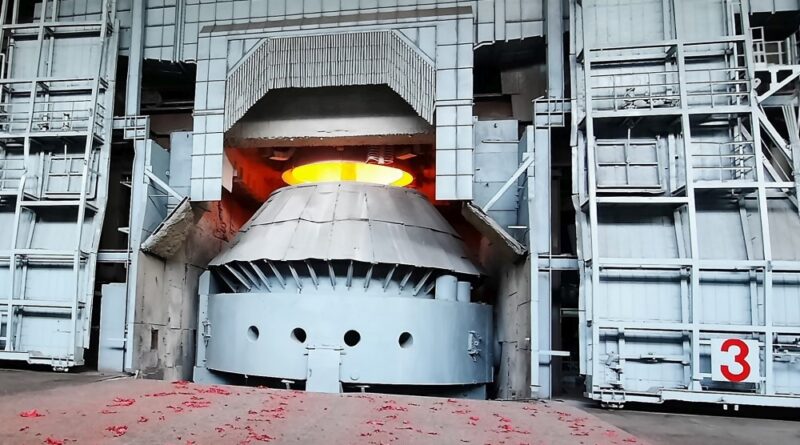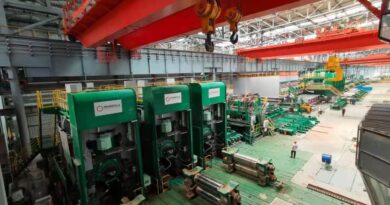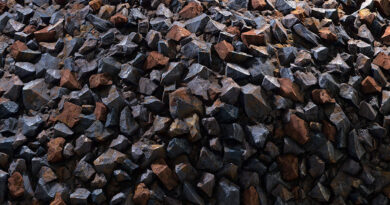Rio Tinto and Shougang Group to explore steel decarbonisation solutions
MELBOURNE, Australia – Rio Tinto and Shougang Group, one of the world’s top 10 steel producers, have signed a Memorandum of Understanding (MoU) to promote research, design and implementation of low-carbon solutions for the steel value chain. The MoU’s focus areas include low-carbon sintering technology, blast furnace (BF) and basic oxygen furnace (BOF) optimisation, and carbon capture and utilisation (CCU).
This partnership with Shougang underlines Rio Tinto’s strategic commitment to partner with customers on steel decarbonisation pathways and to invest in technologies that could deliver reductions in steelmaking carbon intensity.
Initial efforts will be focused on, but not limited to, BF slag heat recovery, BOF slag utilisation, CCU and low-carbon sintering technology.
The MoU builds on the nearly 30-year relationship between Rio Tinto and Shougang as trade and technical partners. The two companies will work together, leveraging their respective strengths in research and development, technologies, processes, equipment, logistics and industry coordination to support their shared objectives of limiting the impacts of global climate change and reducing carbon emissions.
Rio Tinto Chief Commercial Officer Alf Barrios said “Steel is a vital material for economic growth and low-carbon infrastructure. At Rio Tinto, we want to play a strong role as an industry partner to support the decarbonisation of steel. We are delighted to be able to extend our partnership with Shougang to jointly work towards our shared vision of a ‘greener’ steel value chain.”
Wang Jianwei, Vice President of Shougang Group, said, “Green and low-carbon transition and upgrading is the only way for high-quality and sustainable development of the steel industry. The cooperation between Shougang Group and Rio Tinto Group to develop low-carbon generic technologies for the steel sector and explore decarbonization solutions is a positive move for both sides to cooperate and promote low-carbon technology innovation.”
Around 70 percent of global steel is produced using the BF-BOF route, according to the World Steel Association.




